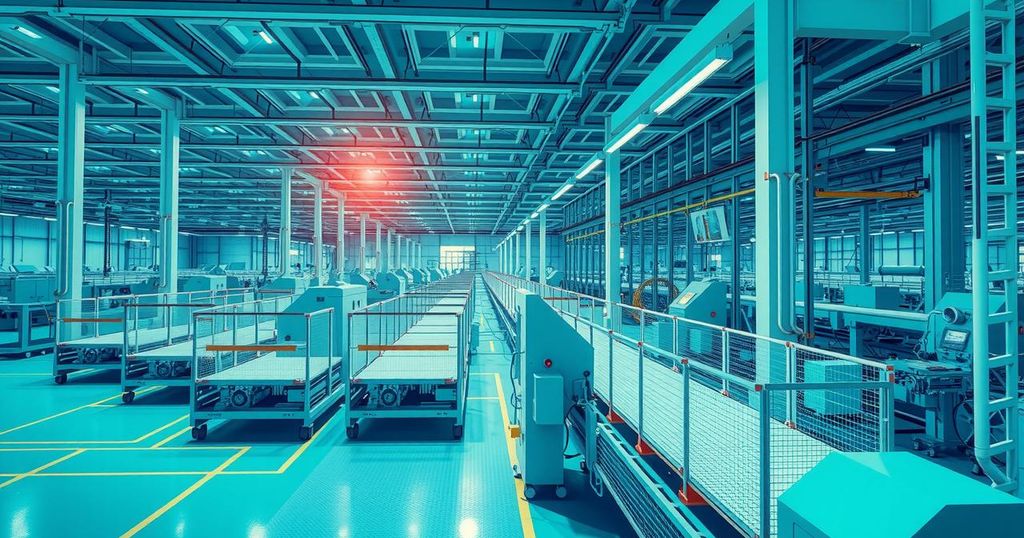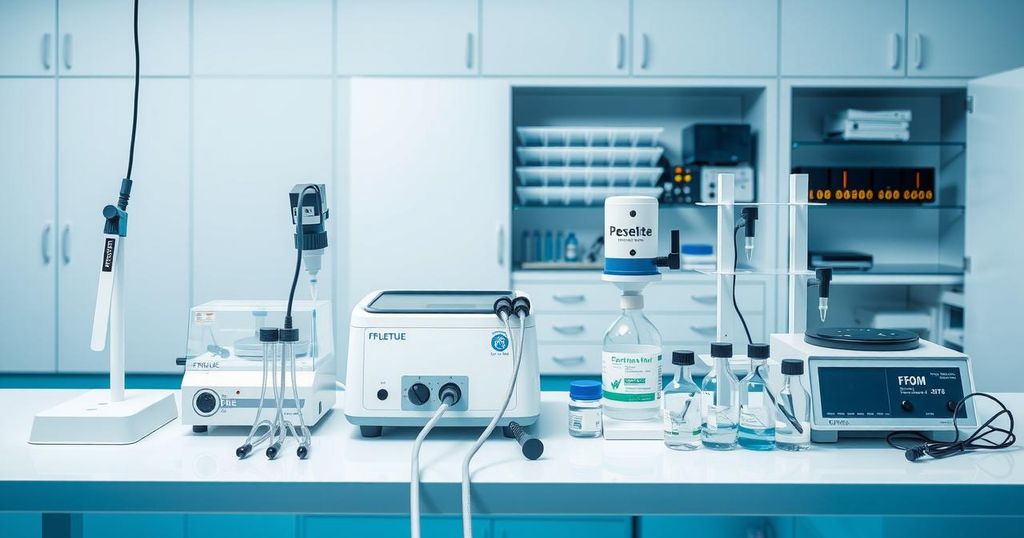Apple Inc. Considers Expanding Brazilian Operations Amid Tariff Challenges
Apple Inc. is exploring the expansion of its Jundiai factory in Brazil. This decision is driven by rising production costs due to tariffs on suppliers in Asia. With over half of its smartphone shipments coming from China, and new tariffs impacting both China and India, Brazil’s lower export duties provide an attractive alternative for Apple.
Apple Inc. is reportedly contemplating an expansion of its production capabilities at the Foxconn factory located in Jundiai, Sao Paulo. This strategic decision aims to mitigate the increasing production costs linked to tariffs imposed on its suppliers in Asia. Brazilian Exame magazine highlighted this potential expansion amid ongoing trade tensions resulting from tariffs initiated by former President Donald Trump on goods originating from China and India.
Currently, a significant share, exceeding 50%, of Apple’s smartphone shipments is sourced from China. The Chinese government has responded to the tariffs by implementing a reciprocal 34% tariff since April 2, amplifying the financial burden on manufacturing. Concurrently, India’s recent policy changes, which aim to double device production by 2025, also introduce challenges with a 26% tariff now in effect.
The Foxconn facility in Jundiai, a longstanding collaborator of Apple, assembles various iPhone models, from the iPhone 13 to the iPhone 15, and has recently received authorization to produce the iPhone 16. Notably, Brazil benefits from a relatively modest 10% tariff on exports to the U.S. imposed during Trump’s administration, enhancing its position as a feasible alternative for Apple in its manufacturing strategy.
In summary, Apple Inc. is considering expanding its Brazilian operations at the Foxconn facility due to rising tariffs and production costs in Asia. Given the significant tariffs enforced on its main suppliers in China and India, Brazil’s lower export duties present a strategic advantage for Apple as it navigates these challenges. This move reflects Apple’s broader strategy to diversify its manufacturing base.
Original Source: breakingthenews.net




Post Comment